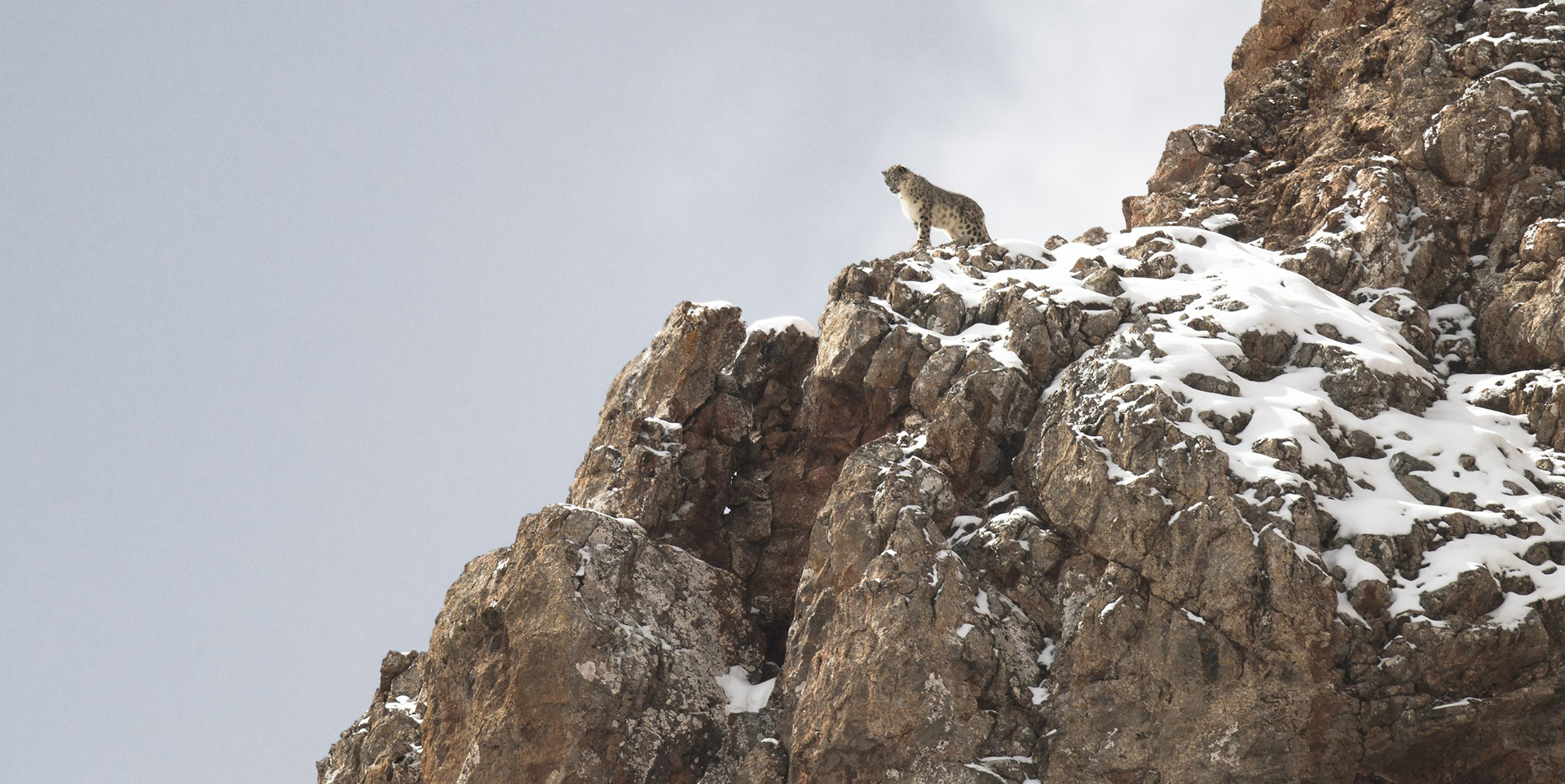The film Velvet Queen (orig., La Panthère des Neiges) directed by Marie Amiguet opens in theaters on December 15. It documents the quest to find the Tibetan snow leopard and tells the story of a fabulous friendship between the wildlife photographer Vincent Munier and the writer Sylvain Tesson. It’s also a film about a way of life, about the art of lying in wait.

You’re getting blind.
Don’t miss the best of visual arts. Subscribe for $9 per month or $108 $90 per year.
Already suscribed ?
Read more: Masahisa Fukase: The Cat’s Pajamas



